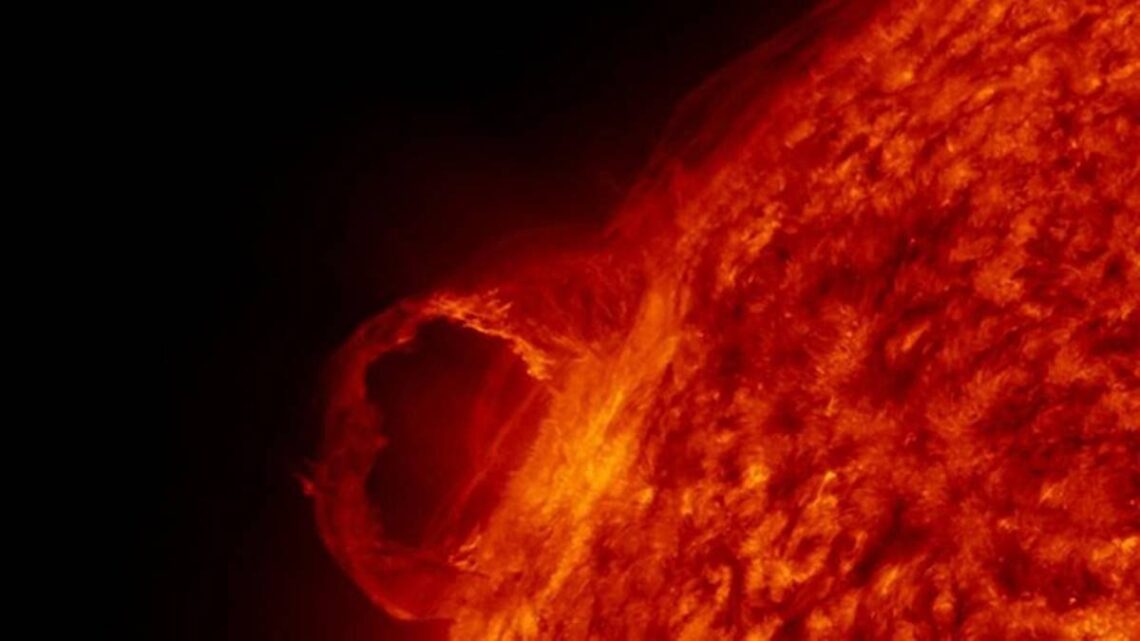The looming threat of a solar superstorm, marked by a coronal mass ejection (CME), has raised serious concerns about the stability of the internet, with the potential for disrupting the system for an extended period, ranging from weeks to even months.

Professor Peter Becker from George Mason University suggests that the captivating Northern Lights could be a precursor to what he terms an “internet apocalypse,” a possible outcome of heightened solar activity. Becker emphasizes that this new era of solar storms poses a significant risk to crucial global technologies, particularly the internet, upon which the modern world heavily depends. To address this concern, Becker’s team is working on developing a warning system to alert people to potential solar dangers.
In a proactive response, the US Navy has allocated a substantial $13.6 million grant for a collaborative initiative with the university to establish an early warning system. The potential economic consequences of such a disruption could amount to up to $20 billion per day in the United States alone.
Coronal mass ejections have the capacity to disturb the Earth’s magnetic field, causing the flow of electrical currents through the ground, posing a threat to electronics, power grids, and satellites. Despite the last major CME impact occurring in 1859, damaging the telegraph system, the current technological landscape is much more susceptible. With heightened solar activity predicted in the coming decade, scientists are intensifying efforts to predict and protect against CMEs.
Given the fragility of modern electronics, there is a growing emphasis on researching ways to fortify the internet system, ensuring greater resilience against potential damage.
Follow INCPAK on Facebook / (X) Twitter / Instagram for updates.

















